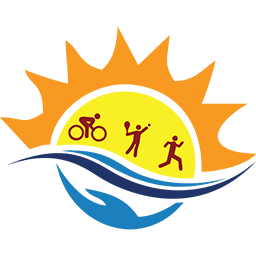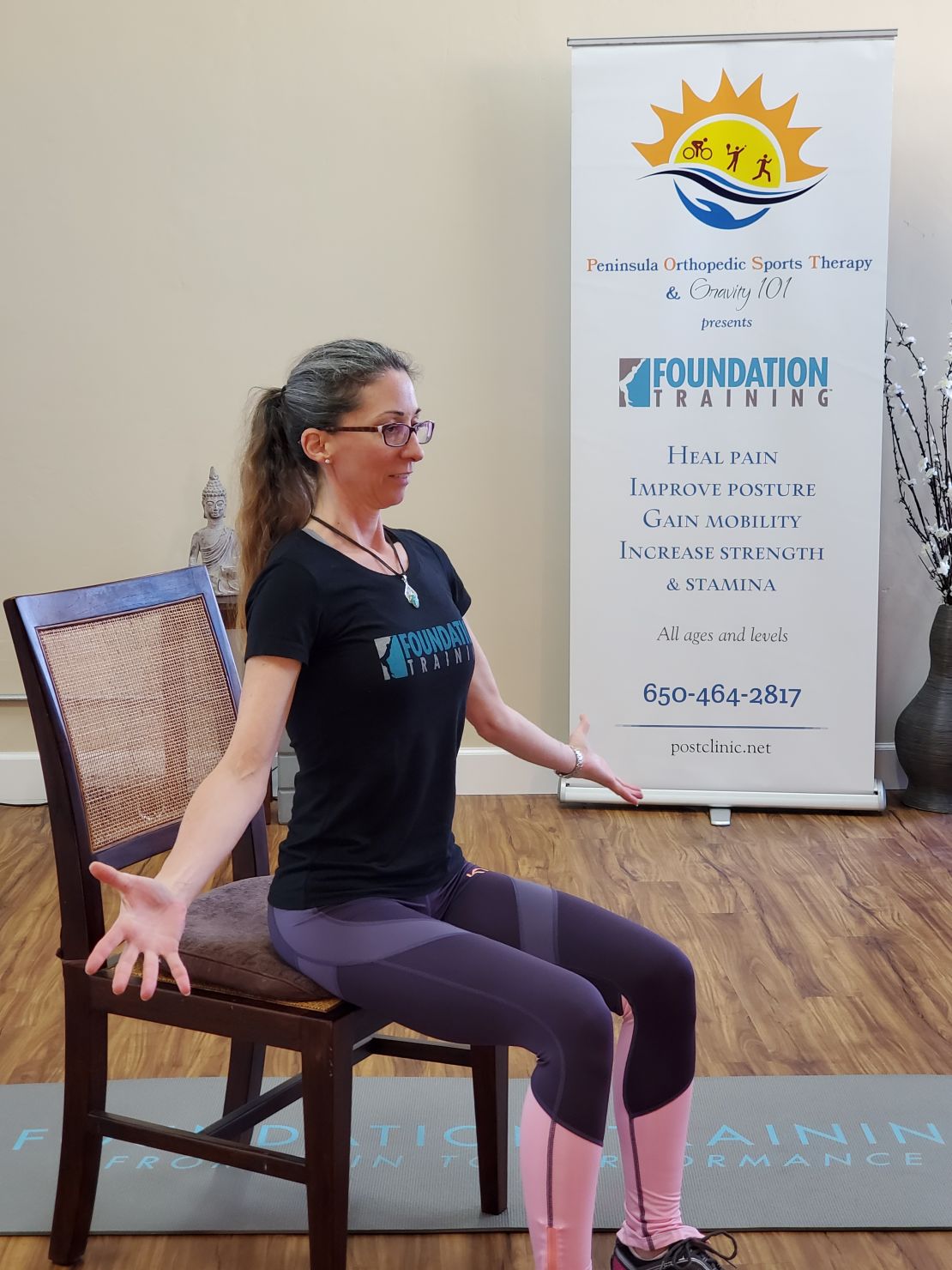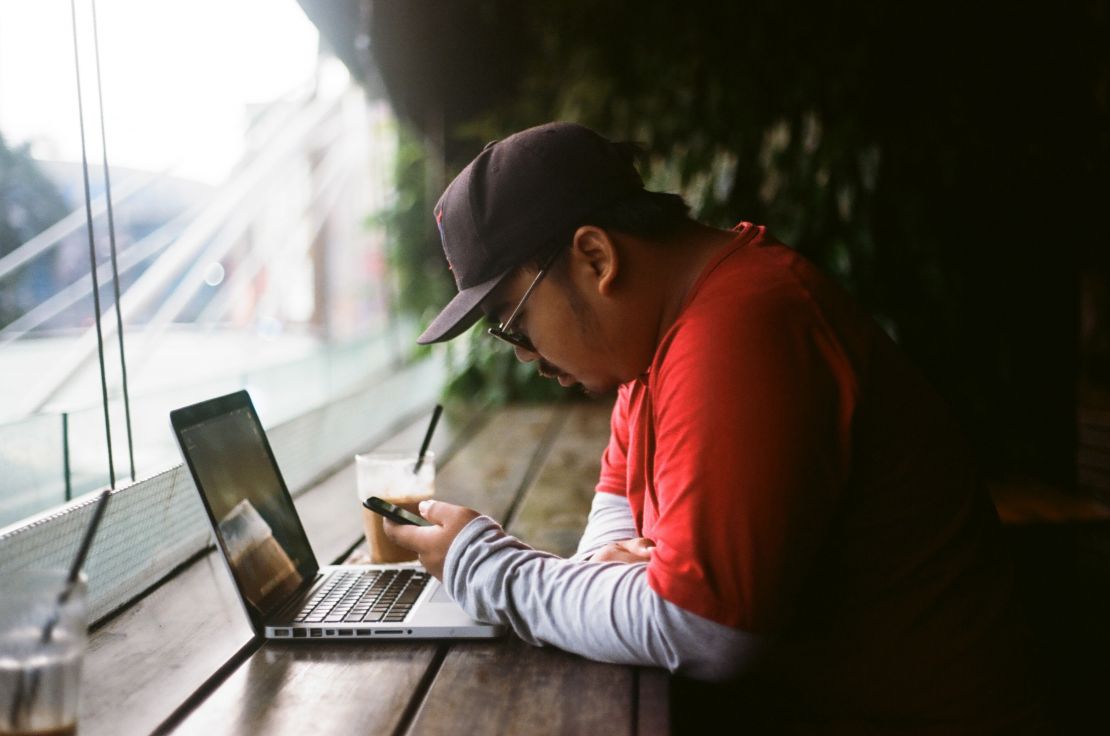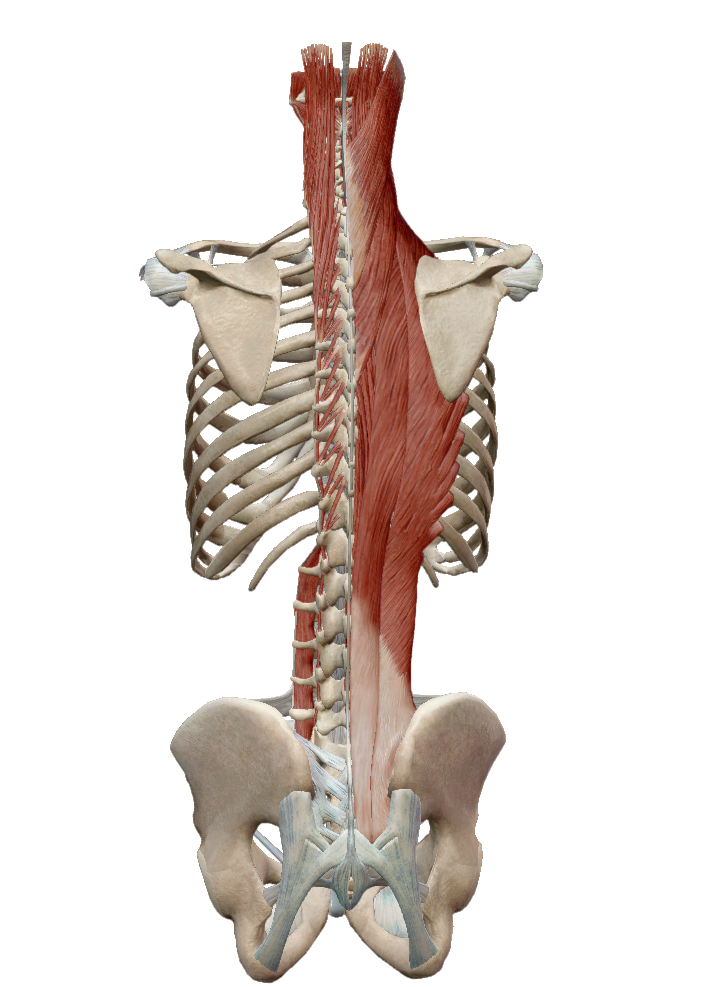
Articles
Self Care. There’s no time like the present. (May 2020)
By Tirzah Atencio, CMT
Our individual self is an organism. The Earth is an organism. Knock something out of balance in one area and the effect dominoes across the entire organism. Eventually this cascade of effects may lead to the entire organism becoming incapable of defending itself from common ailments it would normally fight off. Just like getting sick after an extremely stressful event is something I think we have all experienced at some point, right? Our systems were “down” and opportunistic organisms/pathogens could thrive.
Stress is perceived by the body as neither good nor bad. It is simply stress. We can respond and process it typically without issue. Too much stress or continuous stress, however, cannot be processed and instead, accumulates. Let me clarify further. Appropriate amounts of exercise is considered good stress, but add that to a stressful job, stressful commute and the like, and now that “good stress” tips the scale and the body can’t maintain balance. The subsequent imbalance then creates weakness and puts the entire organism at further risk of injury and/or disease. Earth’s nature is the same. When there is stress, there is imbalance and it becomes weakened and susceptible to further injury/disease.
Since CoVID-19 mainly targets our lungs, let’s look at a vital system, one that sustains life...Breathing, or if you prefer, Respiration. It is the bringing in of oxygen for necessary processes while breathing out the wastes of those processes. Breathing is typically an “unconscious” and automatic process. It’s controlled by the Autonomic Nervous System which runs in the “background” also taking care of other processes like digestion. We can, however, take conscious control of our respiration or simply bring a conscious awareness to it. Let’s try it.
Begin sitting. Take in a full, deep breath through your nose. Then sigh. Exhale out through your mouth. Just let it go. ‘Frozen’ anyone? ;-)
Where did you feel it? Did you feel it? If not, place a hand on your chest and a hand on your belly. Breathe in and out again in the same way. Did you feel the expansion of the ribs, the belly? Perhaps nothing really moved for you? That’s okay. You are now becoming aware of your breath and how your body responds.
Now, let’s take conscious control of it.
Move to the front edge of your chair, feet on the floor about hip-width apart. Place your arms down at your sides and turn the palms forward facing by rotating the shoulders open/out. Try the breath again:

Take in a full, deep breath through your nose. Exhale slower than the inhale this time. Repeat, controlling the exhale, a couple more times. Inhale...Exhale. Inhale...Exhale. Good! Now, let’s expand this exercise to create more space and movement. Let’s really Decompress! (Great on multiple levels!)
- Same position as previously...have arms rotated out with palms facing forward and feet on the floor.
- Lift the back of the skull up, lengthening the back of the neck (continue looking forward). You should feel your chest lift up.
- Inhale fully, deeply through the nose, Expanding and Elevating away from your pelvis, like a hot air balloon rising.
- Exhale slowly, Engaging your abdominal area (pulling your navel back) to maintain that Expansion and Elevation. Create a controlled, muscular exhale.
Repeat this Decompression Breath a few more times. Try it with a hand on your chest and a hand on your belly, as before, to really help you feel the Expansion, Elevation and abdominal Engagement.
Mastering this breath does take practice, yet is transformative on so many levels. Start with a single session of just 3 to 5 Decompression breaths each day.
Since breathing is essential to life, it is VITAL. You have the power within you to explore it, bring awareness to it, strengthen it and enhance the overall wellbeing of your entire organism and the organism we depend on, Earth. It seems no coincidence that our time of self care has positively influenced our Earth. We are connected. Each of us is having the same human experience. You are not alone. Stay well.
Gravity, Sitting and Adaptation (2019)
By Tirzah Atencio, CMT
The body is amazingly adaptable to where you live, what you feed it, or how you use it. Repetitive stimulus creates adaptation, regardless of the stimulus. For example, we had a client present with hip pain and assessments revealed limited movement of the big toe joint. So why the hip pain? Their body adapted to the lack of movement in the toe joint, turned the hip outwards in order to allow for a gait without a limp, thereby causing irritation in the hip with every step until, finally, they noticed pain. Some therapy on the big toe all the way up to the hip and the hip pain is alleviated. The body essentially made changes that over time caused another problem, pain and dysfunction, which was essentially only a symptom of the root problem. Pretty amazing.
On a much grander scale, statistics are showing how millions of people suffer from chronic pain. Perhaps you or someone you know has chronic pain. The initial “twinge” slowly becomes more of a common occurrence. You get it checked out...MRI’s reveal degeneration, maybe arthritis and you may think, “I’m gettin’ old.” But these millions of people aren’t at a typical age where there should be arthritis, so what is the root problem? This chronic pain phenomenon has correlated with a new societal norm, regardless of age… more sitting.

We sit with our technology, at the workplace, school, home and everywhere in between. Technology makes our lives easier and more convenient. However, how we interact with technology is coming at a physical price. We are taught how to make technology work for us, but we do not teach our bodies how to work with technology. Yes, I mean posture. You’ve probably heard that saying, “If you don’t use it, you lose it.” It’s true! Why should our bodies spend their precious resources and energies on maintaining muscles when we don’t use them? And unfortunately, traditional workouts strengthen the mobilizers, the movers of the body, not the stabilizers, the muscles that hold the body up against gravity properly.
Photo by Muhammad Raufan Yusup on Unsplash
Gravity, the constant of all constants. We can’t live without it, and yet we’re not living very well with it. According to research from the space program of the 50’s and 60’s, cited by Joan Vernikos, PhD in her book Sitting Kills, Moving Heals, “The lack of gravity causes a rapid progression of the kinds of changes in (astronauts’) bodies that we on Earth associate with age…these (age related) changes are actually a direct consequence of the sedentary lifestyles we tend to adopt as we get older, lifestyles that…involve a great deal of sitting.” So, since gravity does not change, the body must change and adapt. As we continue to sit for extended periods, stabilizers weaken, and our bodies have no protection from the constant compression of gravity, causing poor movement patterns, degeneration and pain. And if you’re sitting most of the day, those weak muscles find it more difficult to maintain good posture anywhere. Great, so we are all degenerating at an accelerated rate because we sit. Can we stimulate our bodies to adapt back out of pain? Absolutely! We can use gravity to our advantage with the right movement practice.

The primary function of our stabilizers is to maintain our body position against gravity. Stabilizing muscles need to be engaged for long periods of time without a rest, which means we need to strengthen them through isometric exercise (contraction with minimal to no movement). Foundation Training, a movement practice created by Dr. Eric Goodman, DC, uses a series of corrective, body weight exercises that can be done anywhere for just minutes a day, to build and maintain the stabilizers, create space for vital organs and improve overall health. Clients report immediate improvements and find the concepts behind Foundation Training build an awareness into everything they do. It is integrated into the everyday, becoming a positive, regenerative and habitual practice that counteracts the degenerative effects of our modern-day lifestyles.
Join us as we help you move up the wellness scale at Gravity 101, the first studio on the Peninsula to offer ongoing classes and workshops in Foundation Training. Take control of your pain and get back to doing the things you enjoy.
Tirzah and JonPierre Atencio have been helping clients alleviate their pain for nearly 20 years at their Redwood City clinic, Peninsula Orthopedic Sports Therapy.